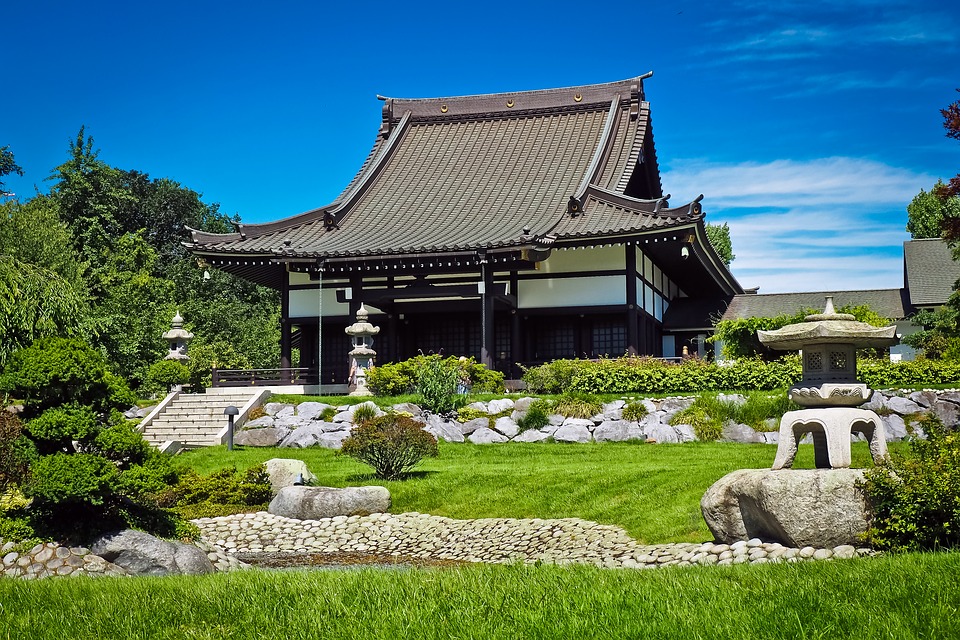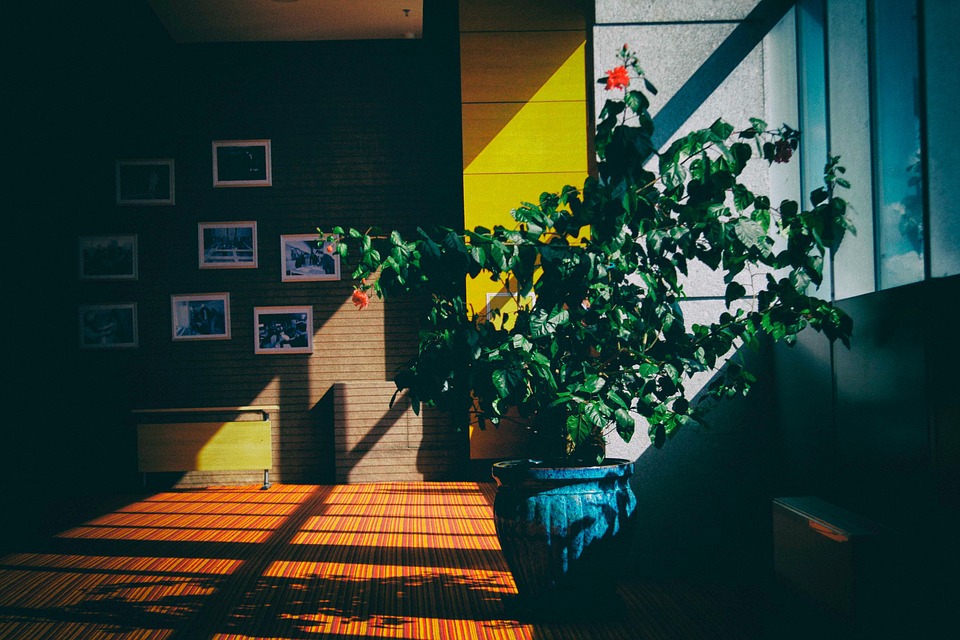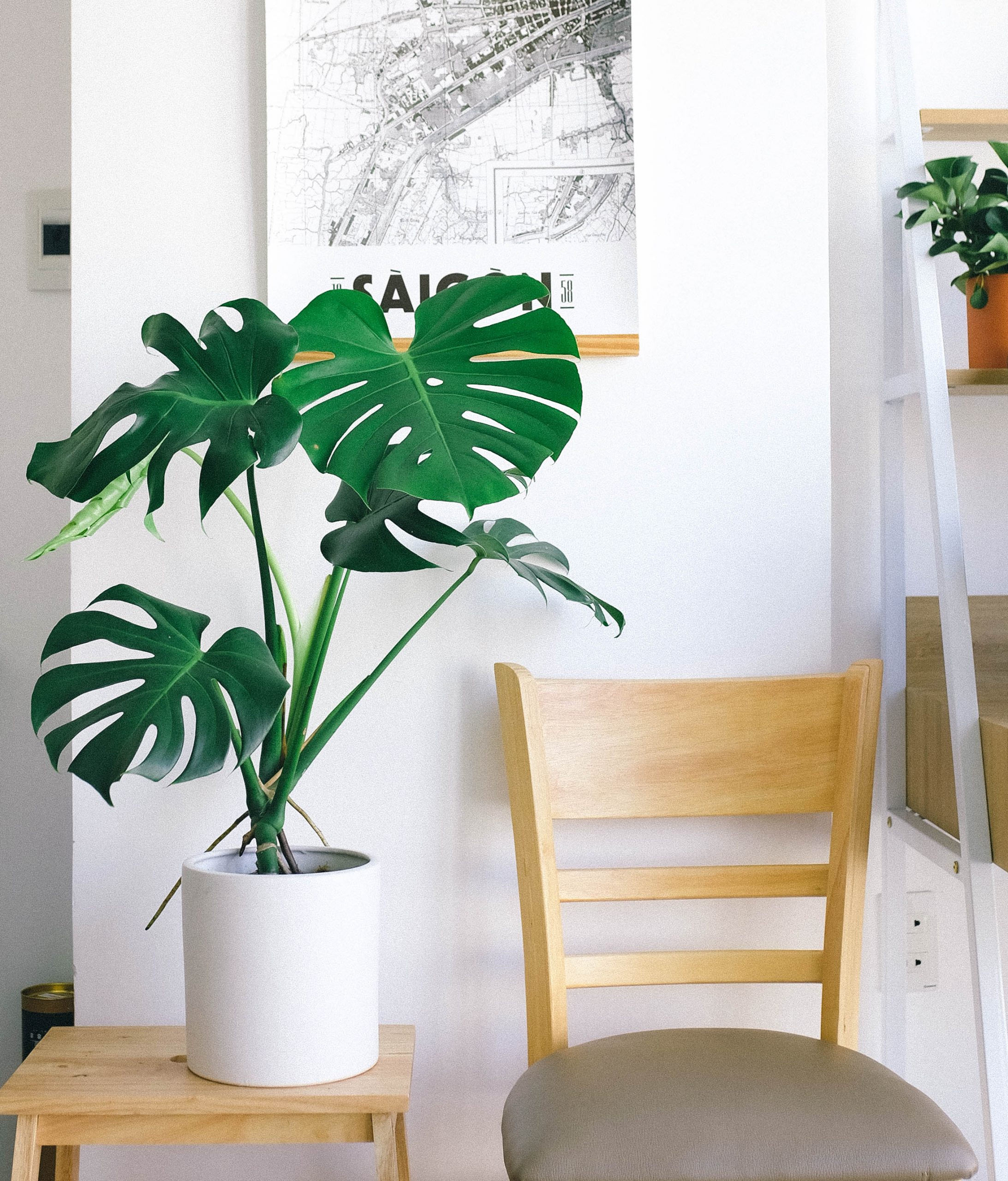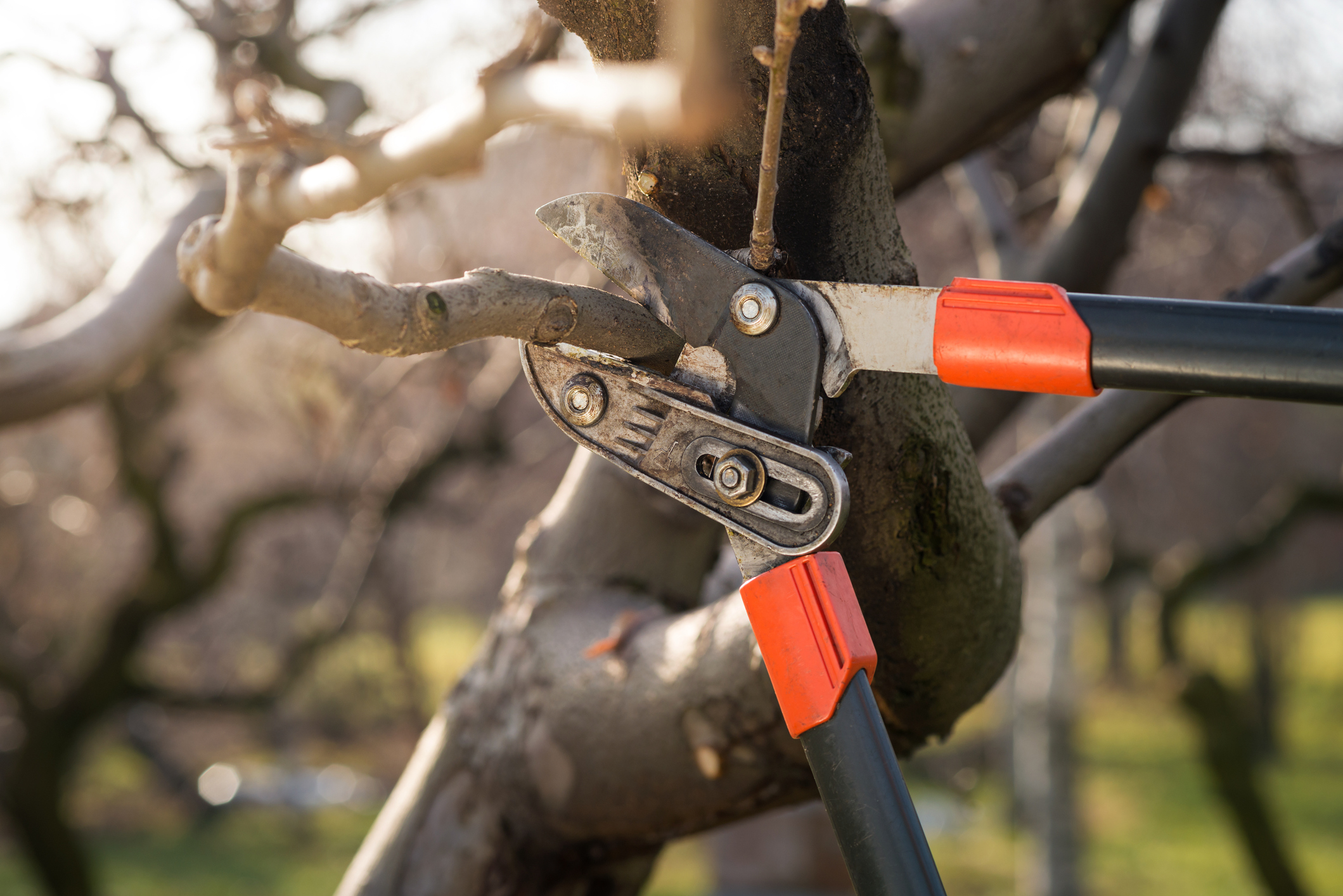The Japanese garden, also called Zen, is very different from traditional European gardens. It was born around the 11th century as a space for contemplation dedicated to thinking about nature, in which Buddhist monks meditated. Today, it is chosen because it conveys a feeling of peace and tranquility and, above all, for aesthetic reasons. Its simplicity makes it an exquisite but original and design garden. It is also effortless to create and can be designed for spaces of different sizes and placed inside and outside the house.
Elements of a Japanese or Zen Garden
The Zen garden is characterized by four simple fundamental elements that represent life, nature, and peace. They are:
- water
- plants
- sand
- rocks
The water is often inserted in the form of a pond, even a tiny one, with stones and gravel for the banks. The ideal is to place it in the center of the garden and make it as natural as possible, for example, by adding aquatic plants and, why not, fish.
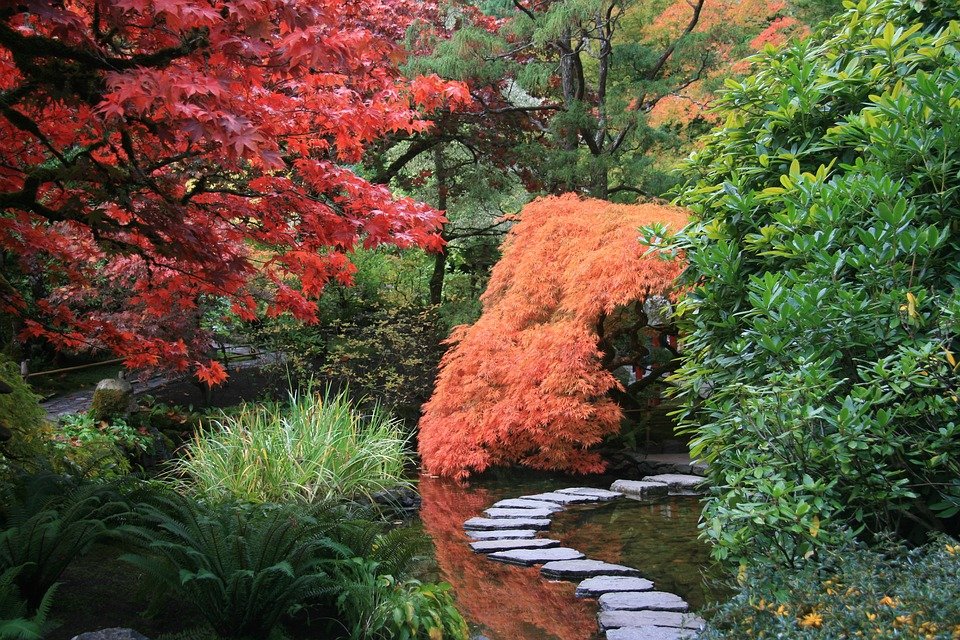
Plants in Zen gardens should also have small foliage. They are often evergreen shrubs with few flowers. For the latter, choose harmonious and delicate colors, such as pink or light orange. The most commonly used plants are Japanese maple, pine, Japanese camellia, and bamboo. Moss is often used to cover areas around trees. However, if the climate in the area where you live is not conducive to its growth, you can replace it with other plants such as creeping juniper.
Finally, the last elements, essential in Japanese gardens, are sand and rocks. You can draw lines with a rake or use rocks to create the border of the flowerbeds or the pond, even inside the garden. Create paths and arrange them randomly for an absolutely natural effect.
Creating a Japanese Garden
The realization of this garden is very simple. The first step is to delimit the area affected by a wooden or stone containment structure. It must then be filled with sand or gravel: you can decide to combine them or choose one of the two.
We then move on to decorating the Zen garden, arranging the basic elements at your convenience. Its implementation is simple but, for very large areas and if you wish to plant many trees, the help of an experienced gardener is recommended.
Maintaining a Japanese Garden
The advantage of a Japanese garden is that it doesn’t require a lot of maintenance. Depending on the plants you choose, you will have to prune them once or twice a year and water them, especially during the hottest months. Besides, once a week, you will have to rake the sand to keep it smooth and clean.
Most of these gardening tasks are relaxing and enjoyable to do. If you don’t have a lot of time to devote to its care or if you wish to perform other more demanding procedures, contact an expert in your area.
The Indoor Version
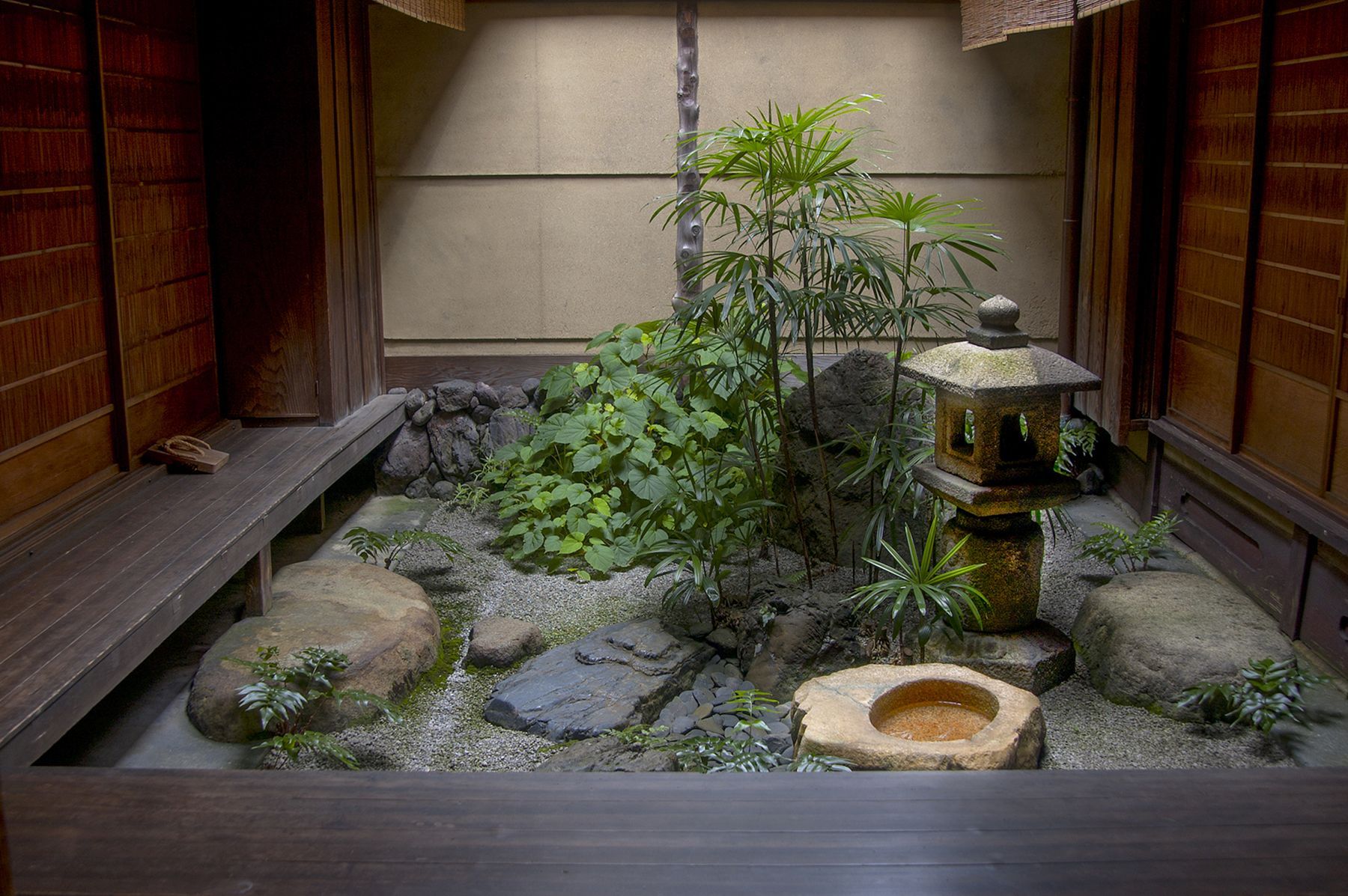
If you don’t have a lot of space outside, a Zen garden can be the ideal solution to bring greenery indoors. You can place it in different places in your home, for example in the corner of a room, near the stairs or at the entrance. Its design and construction are, in this case, too, effortless. Get a tray, in the shape of your choice, into which you will pour the sand or gravel. Once the base is made, place the stones and evergreen plants. If you have a bigger area, consider adding water by creating a small river or pond. A bonsai or a small lantern will bring the final touch to your Japanese garden.
Have you created your Japanese garden? Remember to share with us how it came out in the comments below!
